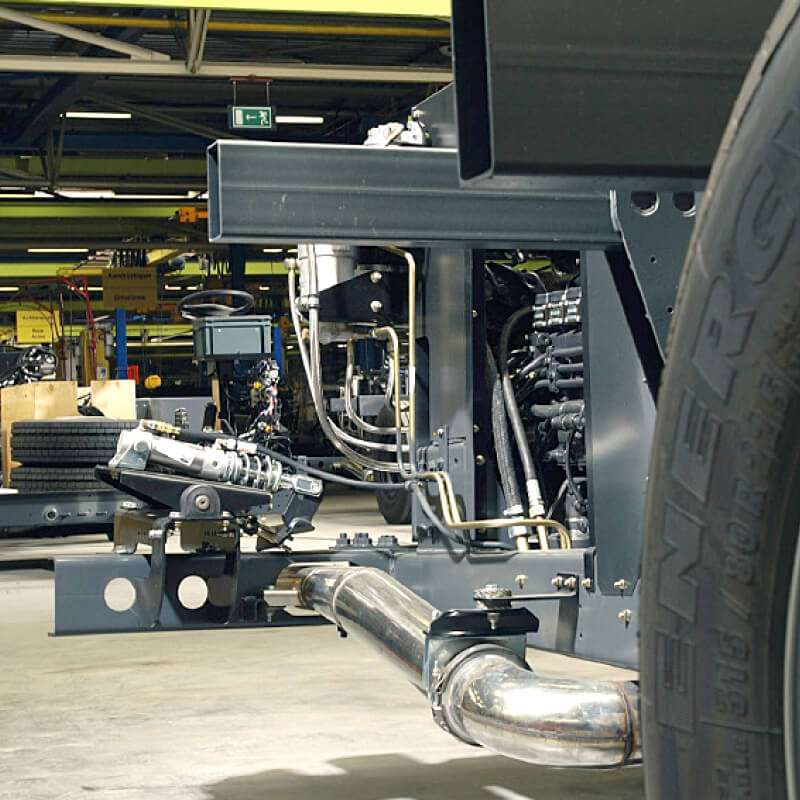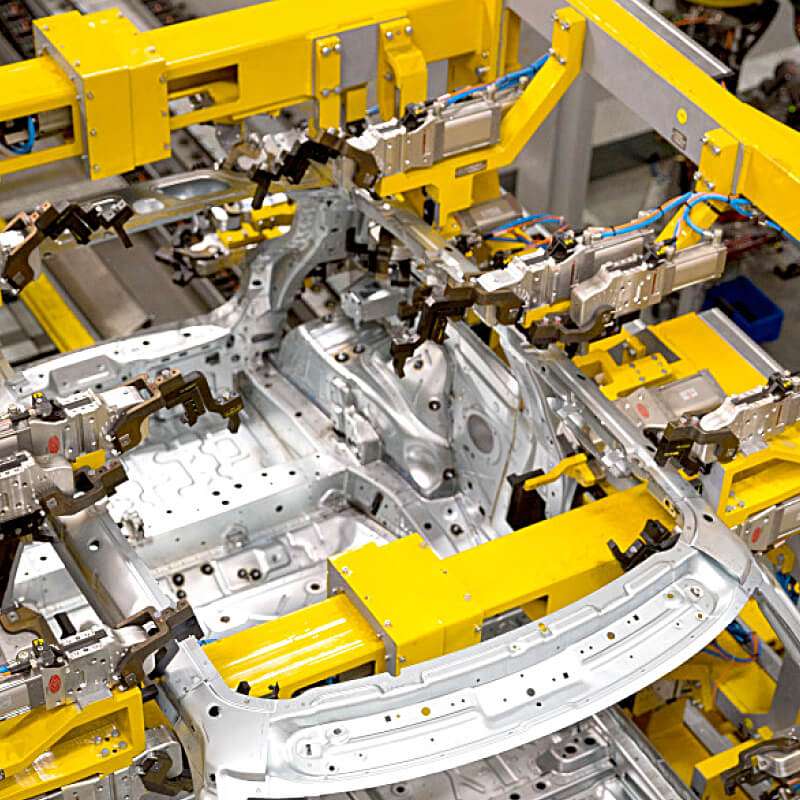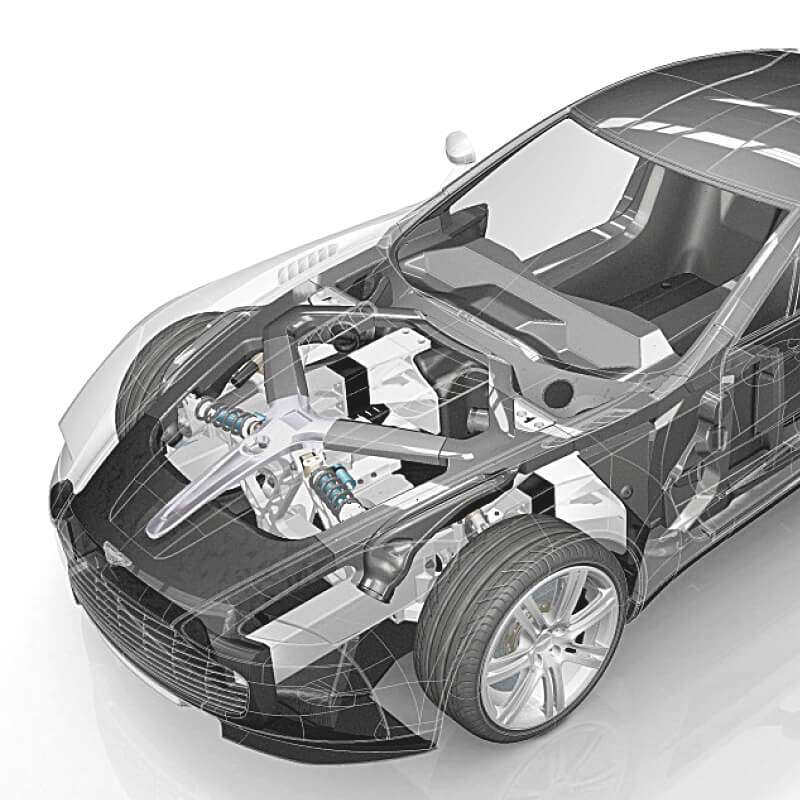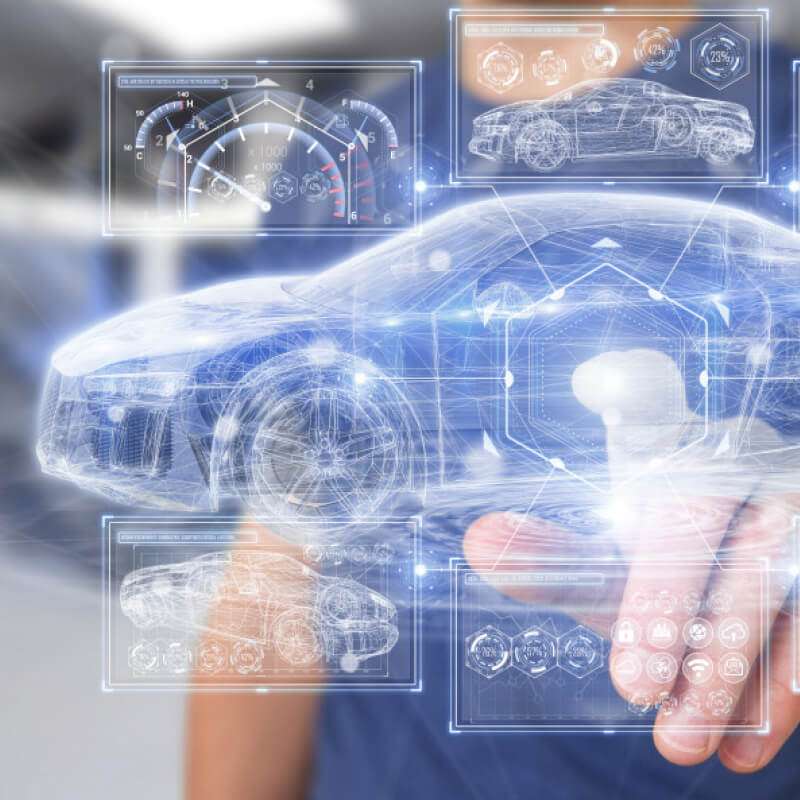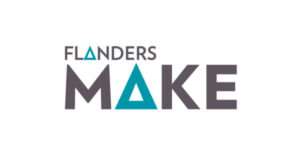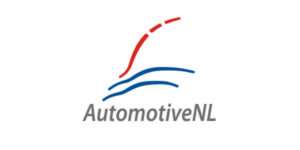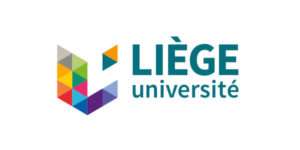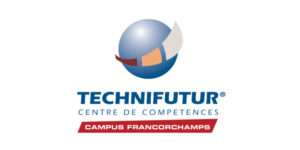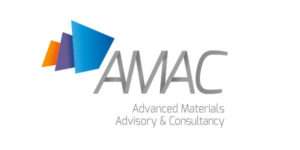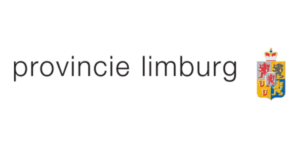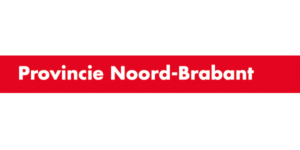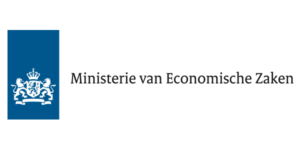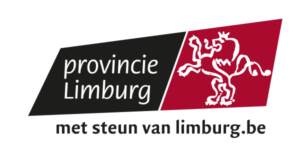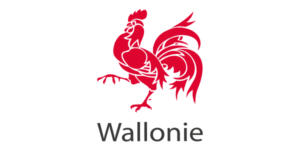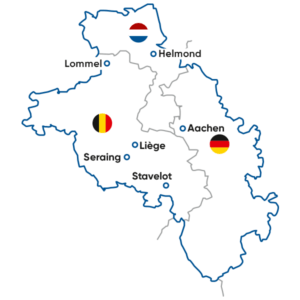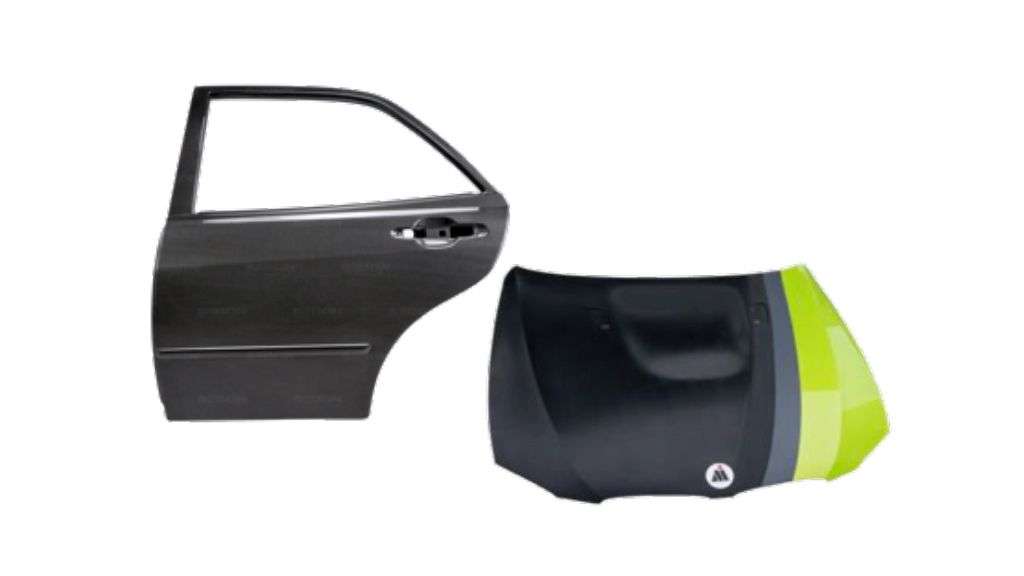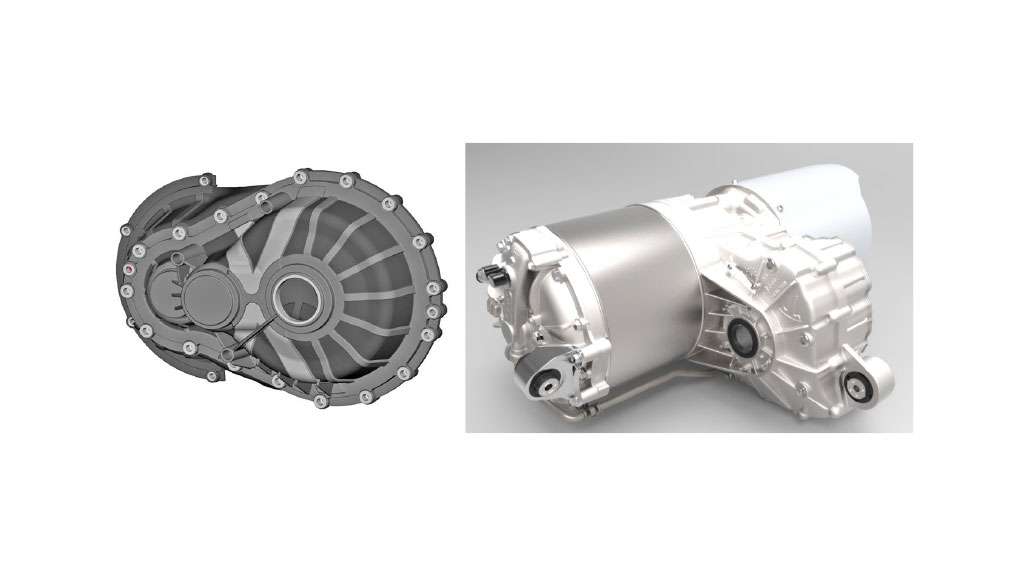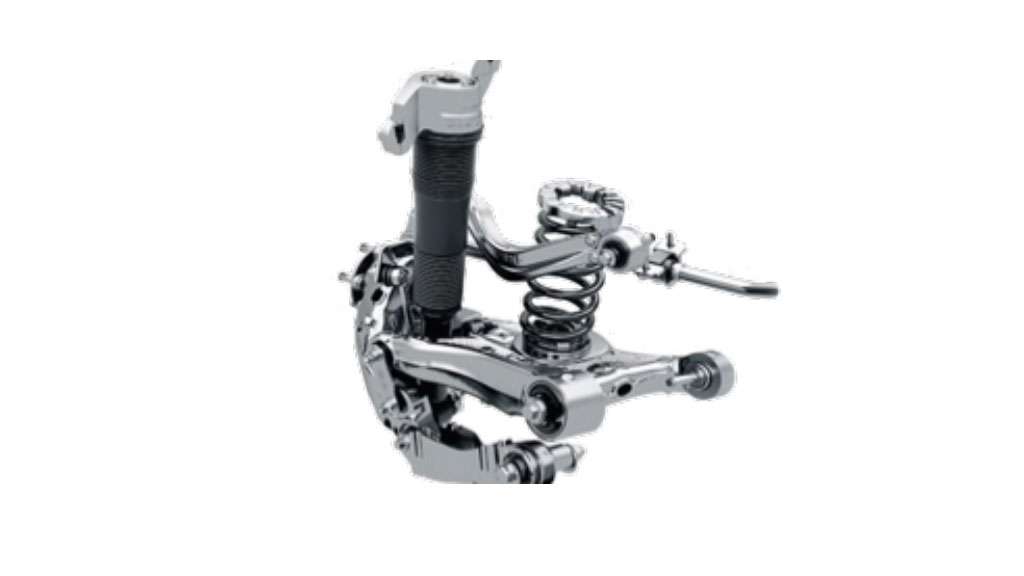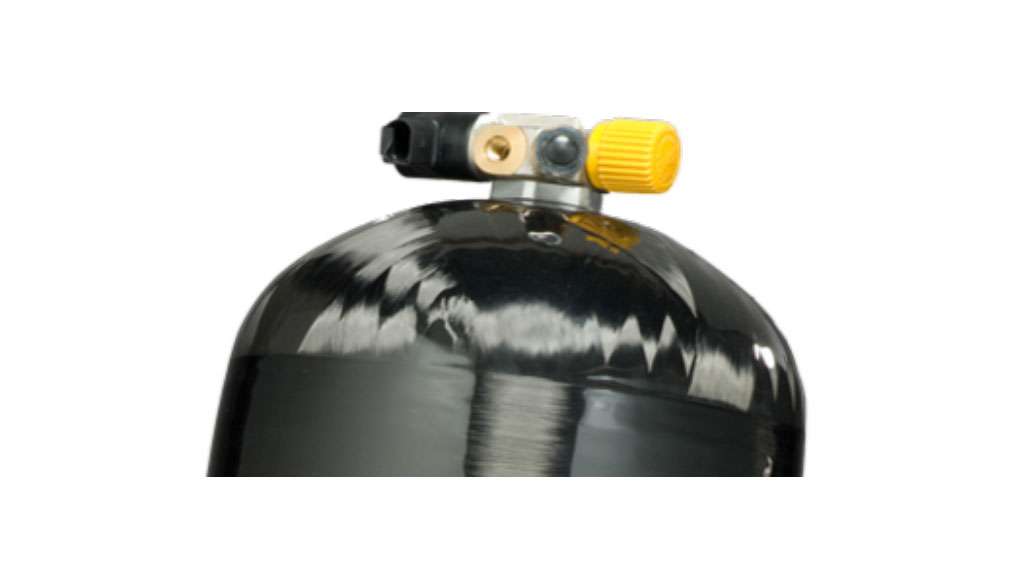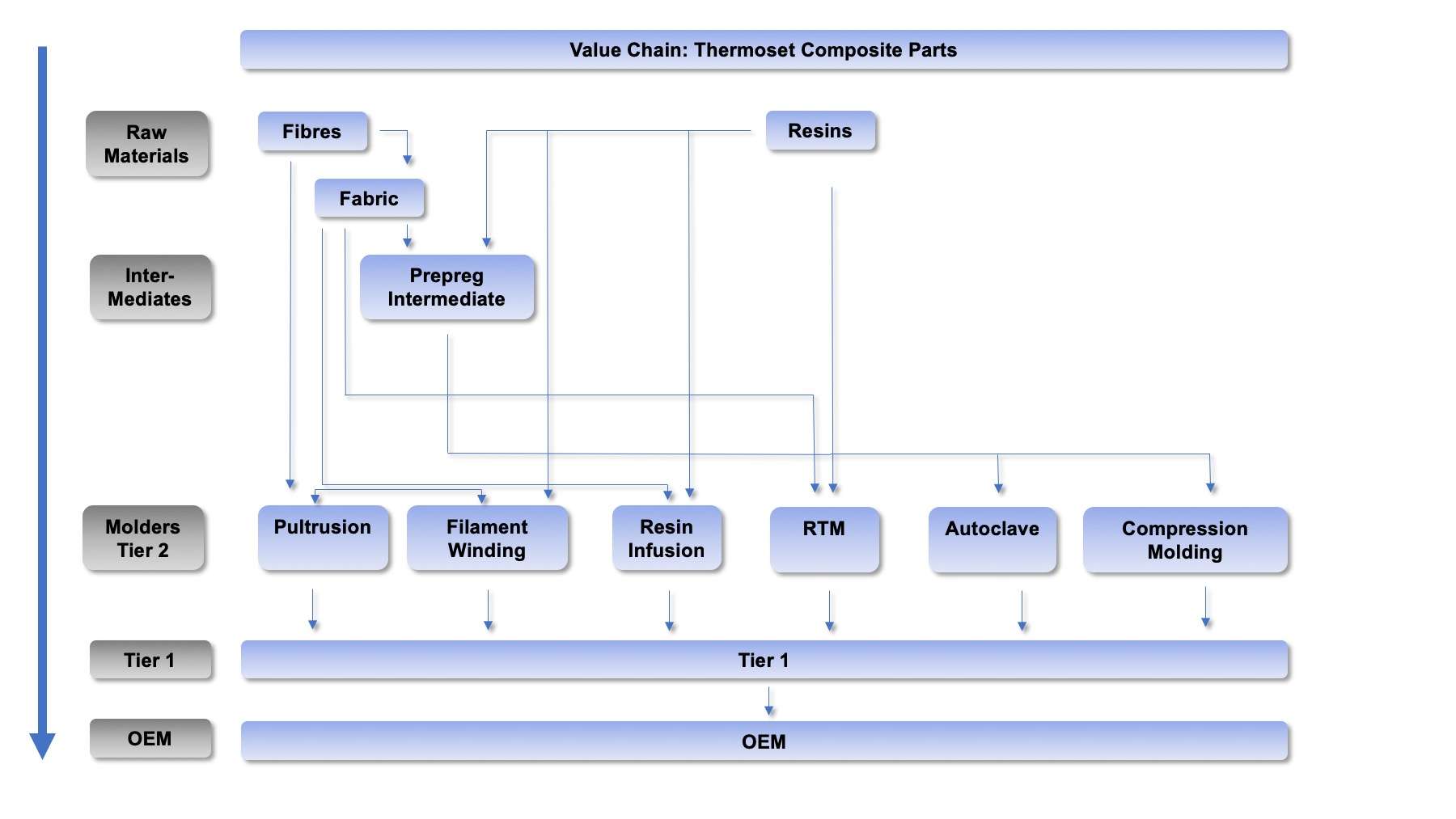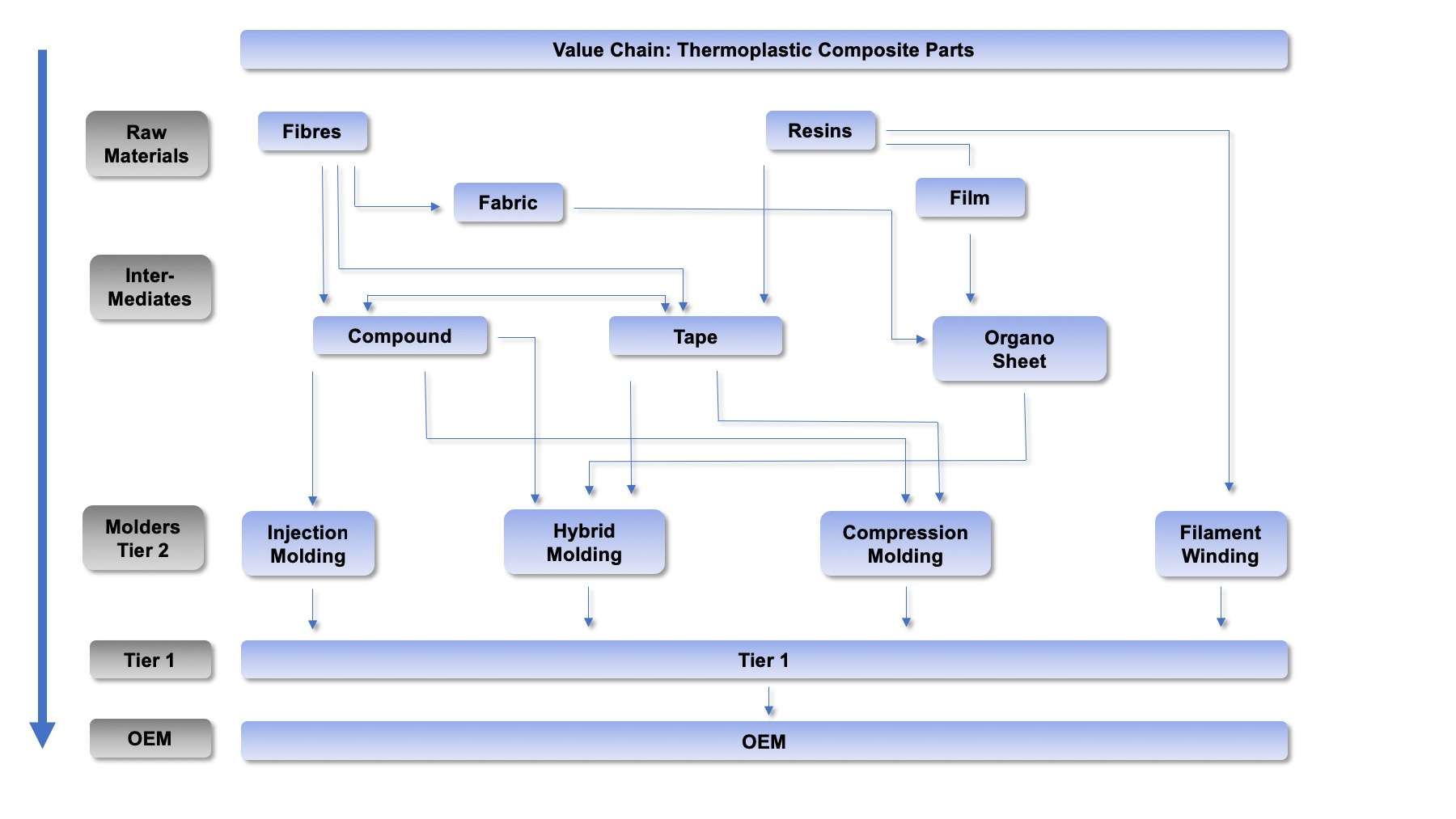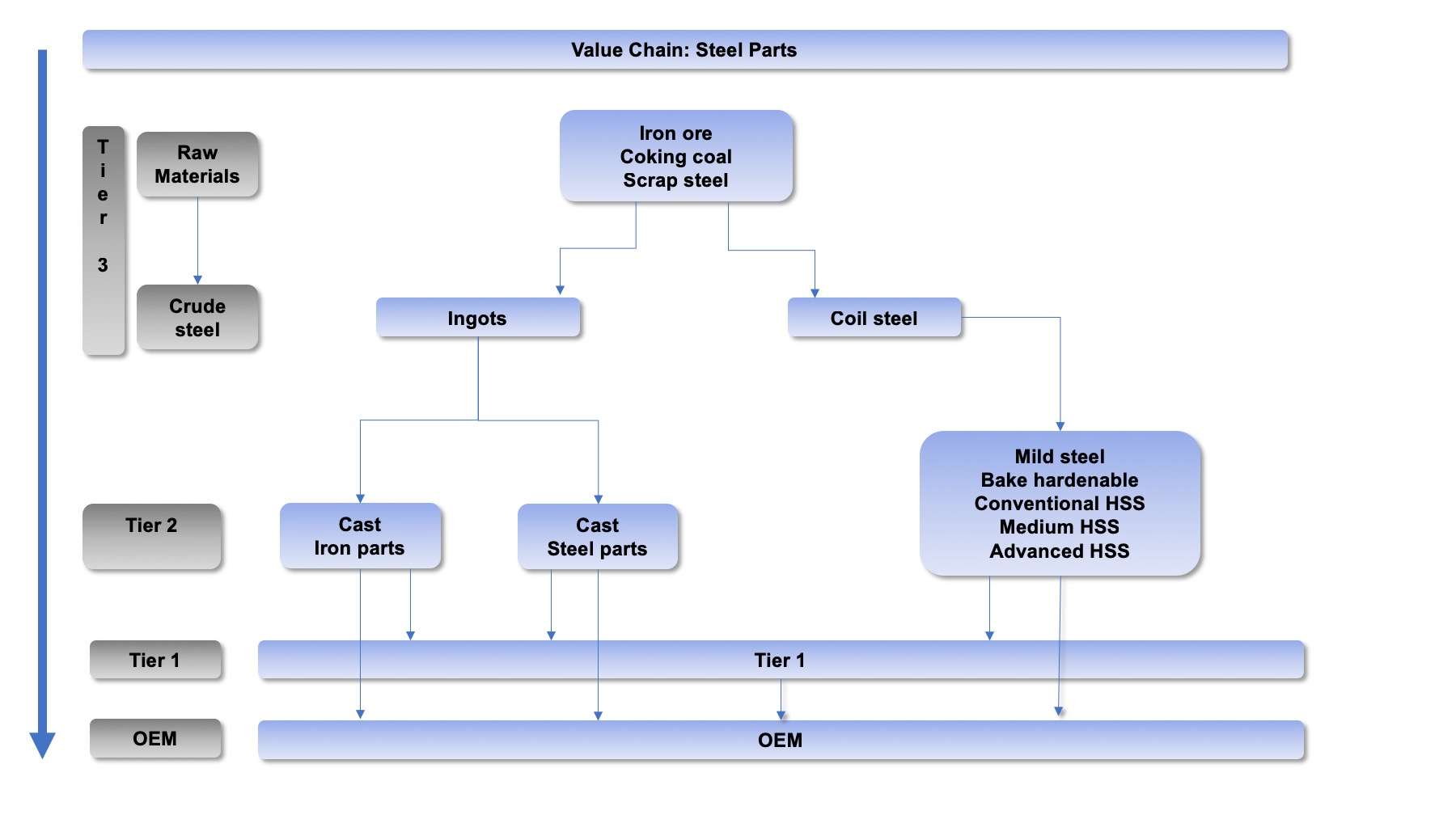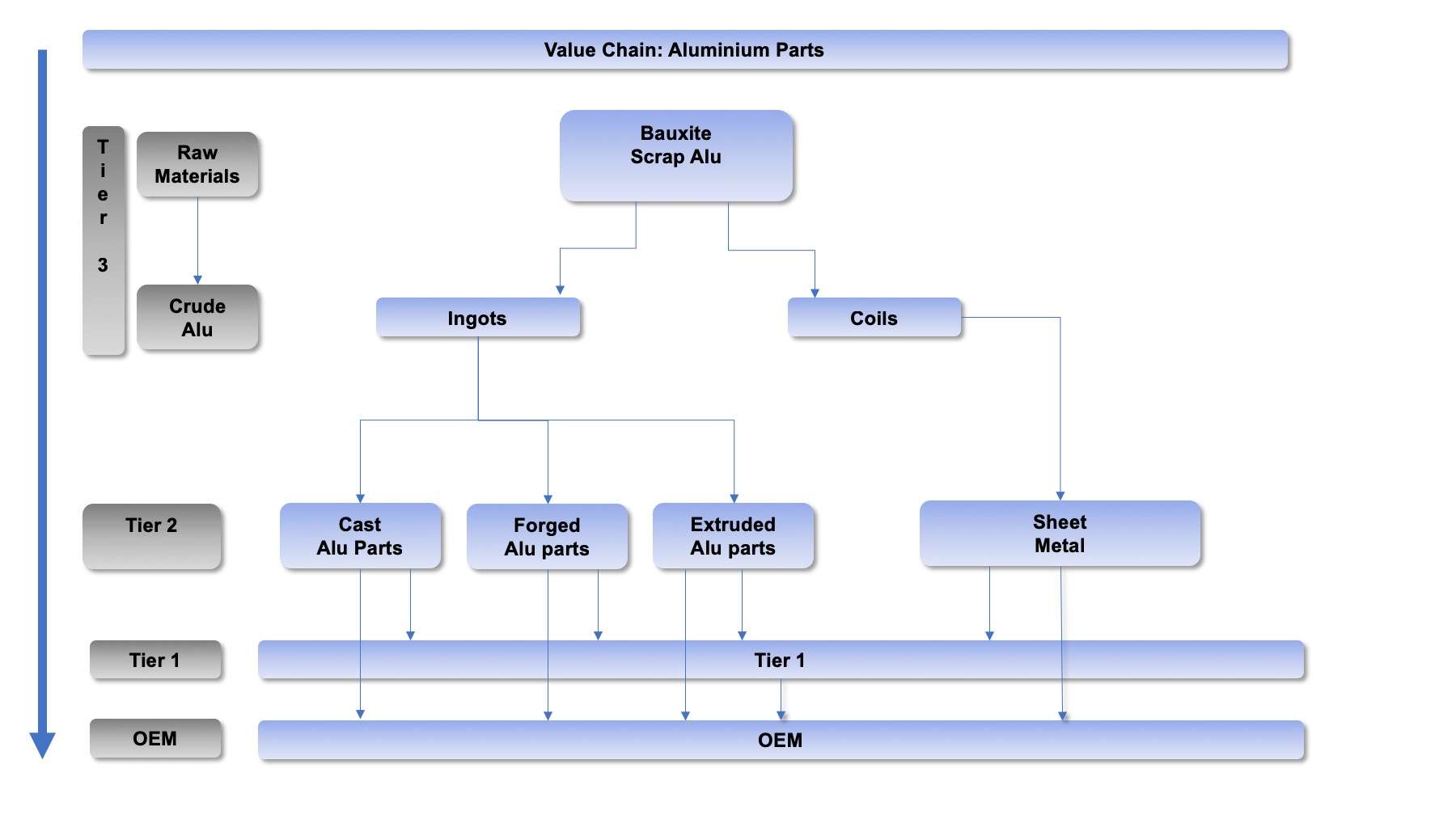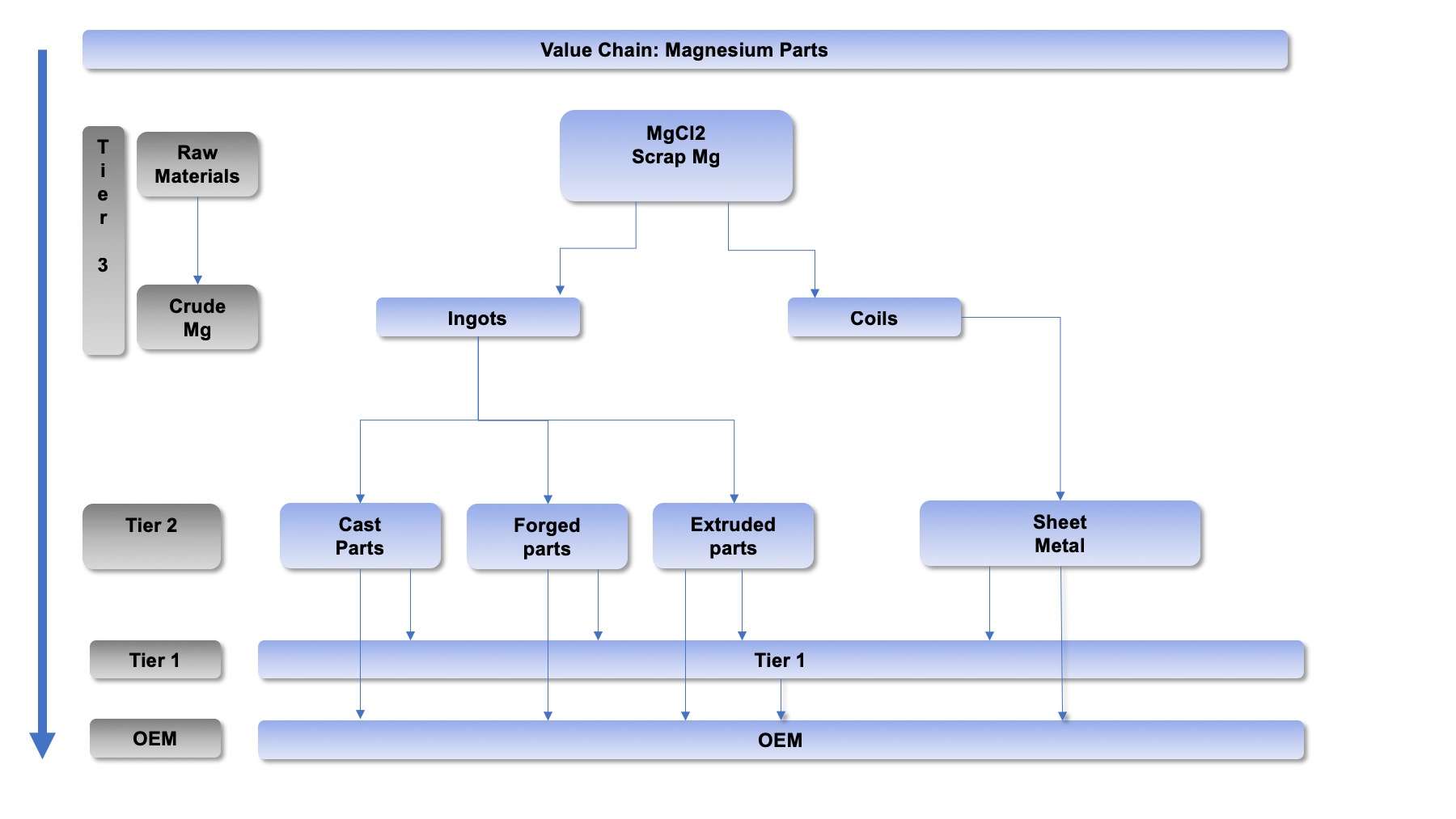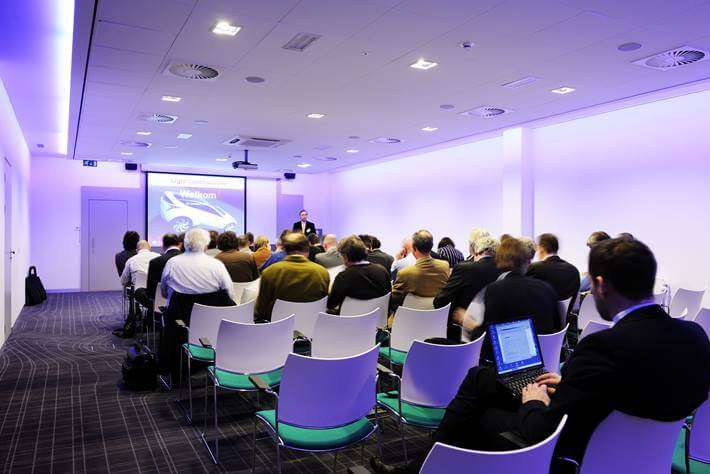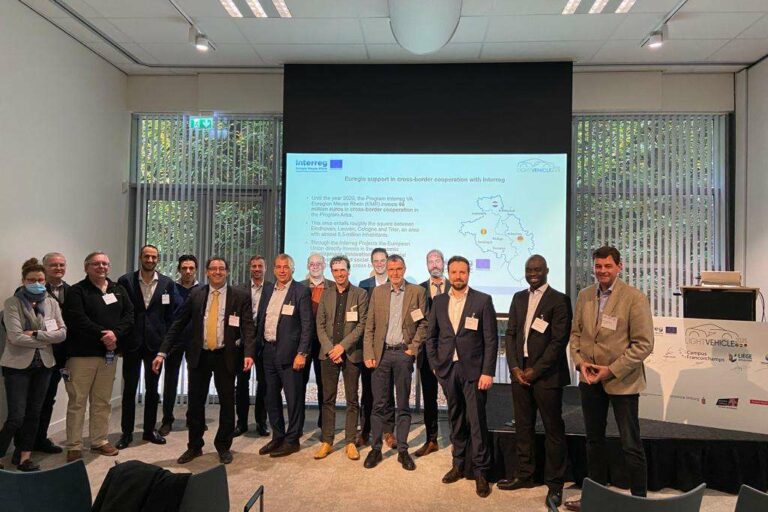AUTOMOTIVE LIGHT VEHICLE 2025 is an EU-funded cross-border project in the Euregio Meuse-Rhine (Wallonia and Flanders in Belgium, Limburg and Noord-Brabant in the Netherlands,North-Rhine Westphalia in Germany).
Implemented in 2018 by 6 partners (Flanders Make (Leader), Automotive NL, AMAC GmbH, Technifutur, University of Liège and Campus Automobile Spa – Francorchamps), it will run for three years until 2021.
Aside from the traditionally well known strongholds of automotive engineering in Europe, the Euregio Meuse-Rhine provides a huge potential with its many highly innovative, leading companies and especially SMEs which are active in the future-oriented areas of lightweight, electric mobility and autonomous driving. One key objective of the LV2025 project is to connect their competences, which shall be showcased through the design and the manufacturing of several selected lightweight component prototypes. The aim is to build an important virtual technology center on automotive engineering for the future.
With lightweight materials and design, we create the future in automotive: safer, lighter, more fun to drive, environmentally friendly through material savings and reduced fuel consumption and CO2 emissions. The project will show that lightweight designs and materials can also be cost-efficient in high-volume production cycles thanks to the new progresses in manufacturing technologies.





